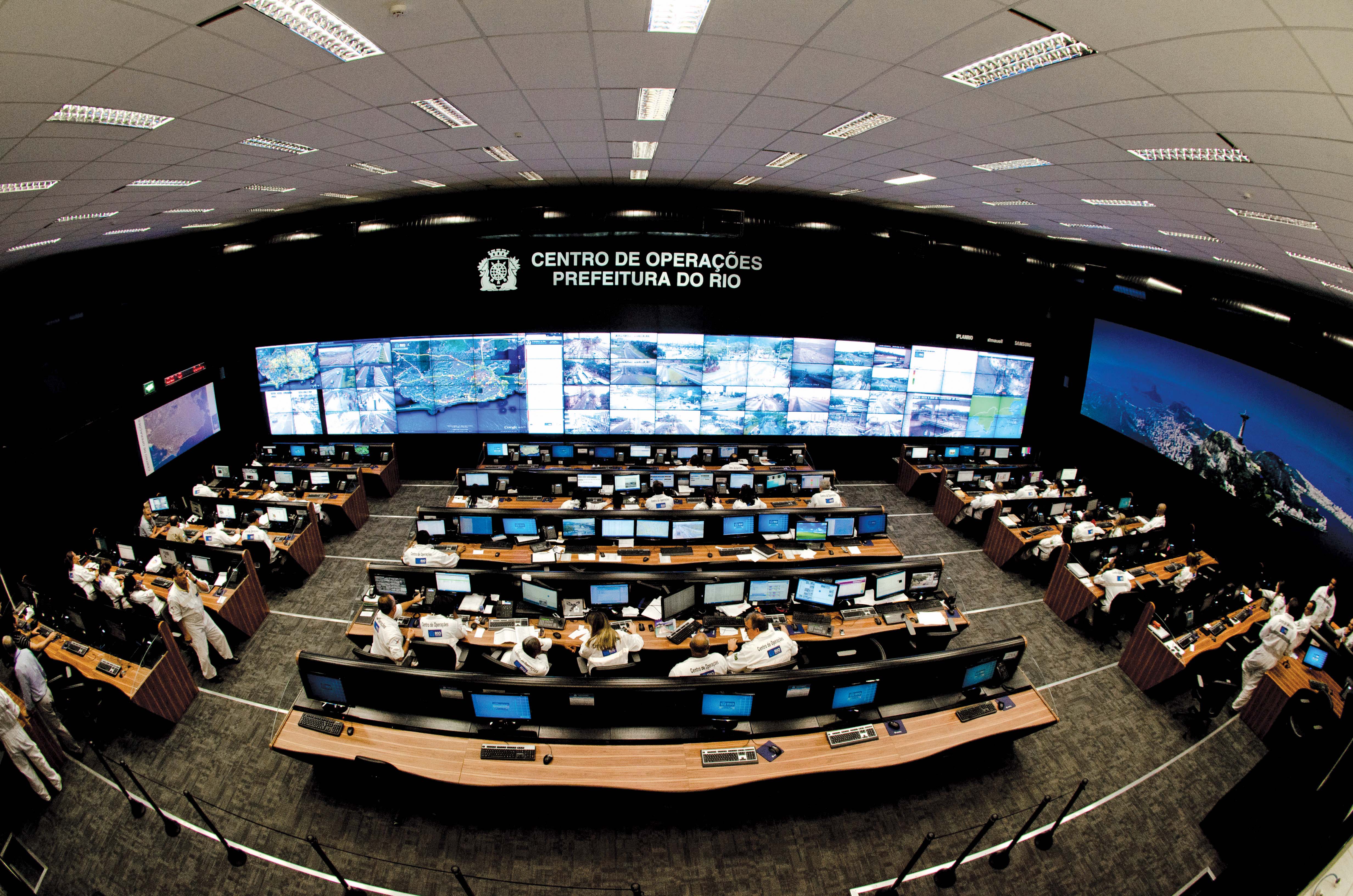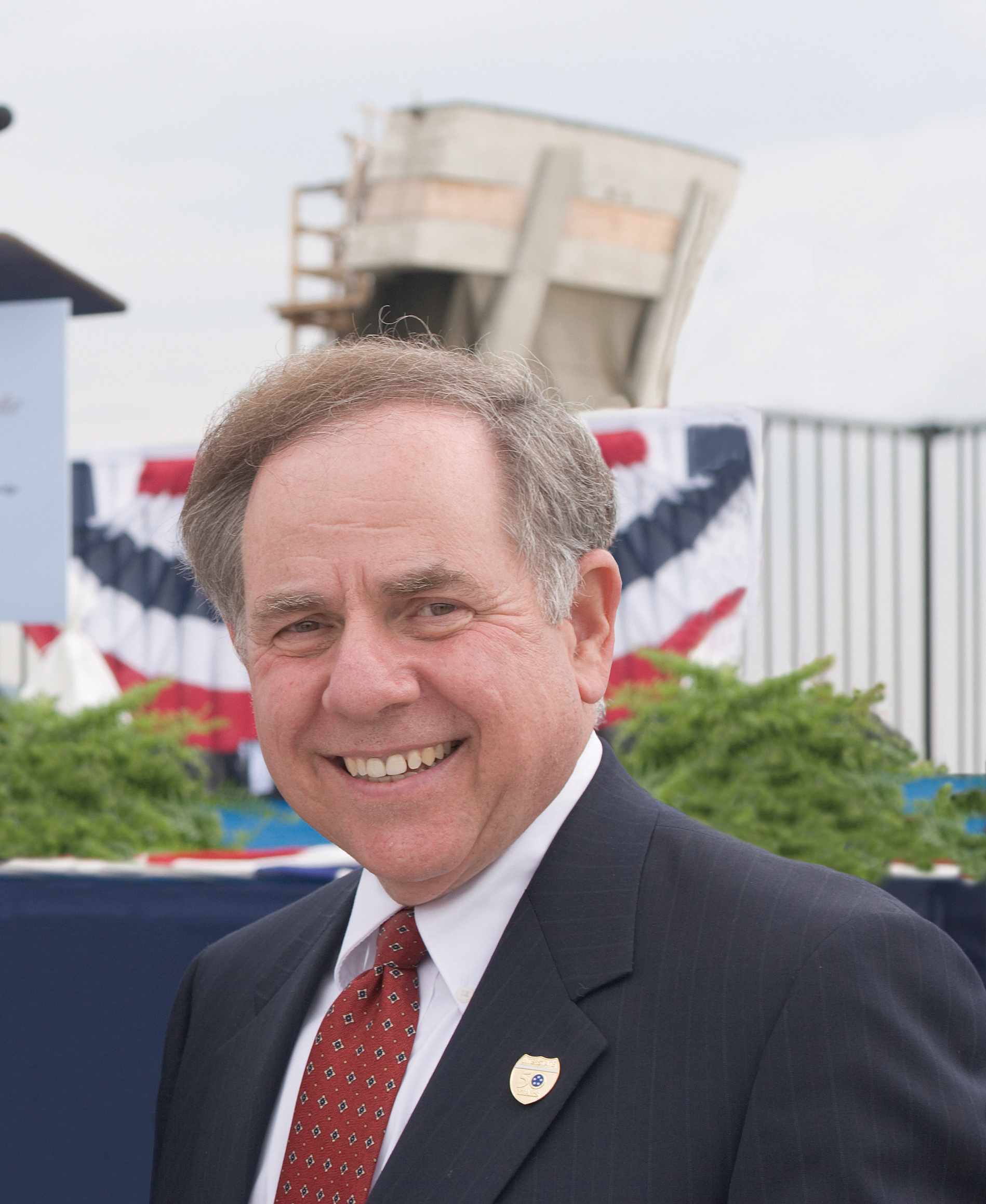
Andrew Bardin Williams looks at how a political stalemate and a series of short-term fixes is undermining America’s highway funding and curtailing long-term planning.
It was a week before the deadline to renew funding for the Highway Trust Fund, and the clock was ticking. The House had passed a five-month extension with plans to wrap reauthorisation with budget and debt ceiling talks at the end of the year, but Senate leadership was hopeful that a six-year bi-partisan bill would finally halt the string of short-term fixes that had been the norm for years. Staunch liberal Senator Barbara Boxer (D-CA) had broken with her party to push the long-term fix with Majority Leader Mitch McConnell (R-KY).
It was a rare reconfiguration of the political order. House Republicans, Senate Democrats and the White House on one side with Senate Republicans, Senator Boxer and a few rank and file Democrats on the other. Senate Democrats eventually stopped McConnell’s and Boxer’s long-term fix, and Boxer actually voted against her own bill with the rest of her party once it was apparent it was dead in the water.
Hours later with the deadline just days away, the Senate took up the House’s new short-term fix—but with a twist. McConnell tacked on an amendment to the must-pass bill that would defund the Affordable Care Act—aka Obamacare—long a target of the Republican majority. You can guess what happened next, because the same thing happens every time. Long-term solutions to the nation’s infrastructure crisis were voted down with partisan fervour and a three-month extension landed on the President’s desk hours before expiration.
So go the days in the US capital.
It wasn’t always this way. Infrastructure spending had traditionally been a non-partisan affair with members of Congress relishing the opportunity to show constituents back home that they could bring home federal money that was proven to create jobs.
Highway funding authorisation would come up, delegations would take a piece of the pie for their home states (often by seniority rather than need) and in the recess congress members would return home to crow about their accomplishments.
While inefficient and open to the potential for fraud, the consistency of reauthorisation kept construction projects humming—along with the jobs and economic activity the funding stimulated. State DOTs, the recipients of the money, knew that the pipeline would continue, giving them the confidence to continue the critical long-term infrastructure planning vital to growth in their region. According to the Federal Reserve Bank of San Francisco, every $1 of infrastructure spending in the US results in $2 of economic growth.
More recently, partisan bickering has resulted in a string of short-term fixes which have caused budget shortfalls and uncertainty. According to the Congressional Budget Office (CBO), the Highway Trust Fund has spent $50 billion more than it paid out over the past 10 years, and the federal gas tax, the main revenue source for the trust fund, hasn’t been raised since 1993 and sits at $0.04/lit ($0.18/gallon) According to the CBO, inflation and rising construction costs mean the purchasing power of the gas tax has declined by 40% over that time.
“This extension after extension process is hurting a lot of small businesses and state departments of transportation which are, quite frankly, afraid to make a long-term commitment on large projects that span multiple years,” said Roger Wentz, president and CEO of the American Traffic Safety Services Association (ATSSA) in a written statement to ITS International.
This funding shortfall and the lack of a long-term solution are not helping our crumbling infrastructure. According to the American Road and Transportation Builders’ Association, there are 60,000 structurally-deficient bridges in the US and 65% of roads are in less than good state.
The impact on drivers is devastating. According to ATSSA, more than 32,000 people are killed on U.S. roads each year—many as a result of unsafe roads. In addition, the 2015 Urban Mobility Scorecard from the Texas A&M Transportation Institute found that Americans waste more than 3 billion gallons of fuel and spend 7 billion additional hours in the car as a result of traffic congestion each year. Collectively this costs the country $160 billion (or $960 per commuter) each year.
The impact on the economy is just as startling. According to the American Society of Civil Engineers, the country’s GDP will underperform by $897 billion if funding is kept status quo through 2020. Costs to businesses from poor infrastructure will reach $430 billion, and the average American family’s budget will be impacted by $1,060.
“Congress has repeatedly punted [on reauthorization], passing short-term extensions that have drained the Highway Trust Fund, failed to increase investment, jeopardized hundreds of thousands of jobs and created economic uncertainty in our states,” said Representative Peter DeFazio (D-OR), the ranking Democrat on the House Transportation and Infrastructure committee.
What will it take to fix the US’s infrastructure problem and how much investment is needed? Estimates range from hundreds of billions of dollars just to maintain existing service levels to trillions more to rebuild the road transportation network that was once the envy of the world. Instead, the politicisation of transportation funding is draining productivity out of the economy and creating major security and safety concerns for drivers.
Non-Partisan
Congress wants to invest in infrastructure. Pressure from industry groups such as Associated General Contractors of America (AGC), American Public Transportation Association (APTA) and American Trucking Association (ATA) continue to lobby congress to pass a long-term solution. Groups as diverse as the U.S. Chamber of Commerce and the American Federation of Labor and Congress of Industrial Organizations (AFL-CIO) are teaming up to put pressure on Congress. Even among lawmakers, bridging the Highway Trust Fund shortfall and investing in road infrastructure is universally supported.
“I can tell you from our experiences on Capitol Hill that there is a desire by elected officials—on both sides of the aisle—to reach an agreement on a long-term highway bill,” ATSSA’s Wentz said. “I cannot name one elected official who we have come in contact with who opposes making our roadways safer and reducing fatalities and serious injuries.
They all want to do the right thing—it’s just a matter of bringing them all together to achieve a long-term transportation bill that emphasises roadway safety.”
Several long-term bills (some bi-partisan) are expected to be in the discussion when Congress returns from recess. Representative Jim Renacci (R-OH) is leading a group in the House on the Bridge to Sustainable Infrastructure Act—a bill that will tie the gas tax to inflation and task a bipartisan, bicameral commission to study and recommend alternative revenue sources.
If a solution isn’t found, the gas tax will immediately rise to a level where it can sustain current expenditures—a burden on taxpayers that neither side wants to be enacted.
Other bills have proposed alternative funding sources—tax revenue from repatriated corporate revenue from overseas, a one-time sell off of some of the nation’s oil reserves, replacing the gas tax with a barrel tax and reapportioning budget from other agencies are suggestions on the table. Many in Congress, however, see these as budgetary gimmicks rather that a long term solution.
Going Local
Another group of transportation organisations led by Transportation for America (T4A) proposes that the feds take a backseat to local governments when it comes to transportation funding. According to Beth Osborne, a senior policy advisor with T4A, the idea is that local governments are closer to the taxpayer and are better at identifying transportation needs and communicating those needs to citizens.
“The Federal government is divorced from the taxpayer process. States are more transparent when it comes to listing public projects and showing people where their money is going,” Osborne said.
T4A has authored legislation to give local governments more say in how transportation funding is allocated, working with Rodney Davis (R-IL) in the House and Corey Booker (D-NJ) in the Senate. The Innovation in Surface Transportation Act is currently in committee.
States aren’t waiting for Congress. Many are passing bills in their own legislatures to raise state gas taxes to help mitigate the federal budget shortfall. According to a tally by the Associated Press, 16 states have increased transportation funding in the past year—either by raising the gas tax, selling bonds or shifting budget from other departments. T4A’s website has a list of local transportation funding efforts.
Q&A
We asked industry insiders and members of congress two questions about the future of the Highway Trust Fund.
What needs to happen to reverse the politicisation of transportation funding?
“Congress needs to get serious about passing a multi-year, adequately-paid-for highway bill.” – Representative Jim Renacci
“Congress cannot continue to ignore the serious need for a long-term, well-funded surface transportation reauthorization and continue to devolve Federal responsibility by default.” –Representative Peter DeFazio
“Leaders in Congress must gather the political courage needed to fully fund [the Senate Drive Act]. The business community demands it. Labour demands it. The American people demand it.” – Roger Wentz, ATSSA
“There needs to be more local control and consideration when it comes to transportation funding.” – Beth Osborne,
What do you think will happen in the coming months concerning a long-term bill?
“Unfortunately, we have started down a path where Congress relies on budget gimmickry and raiding other revenue streams unrelated to highways to cover some of the costs. This has made paying for a long-term bill nearly impossible. I will not accept the status quo, so I will continue to inform my colleagues and the American people about my long-term bipartisan solution.” – Representative Jim Renacci
“The policy portion of a transportation bill can come together quickly, but the crystal ball remains murky when it comes to how we will pay for necessary investments.” –Representative Peter DeFazio
“We can only hope that our elected officials—after all the years they’ve heard from ATSSA members on Capitol Hill talking to them about the advantages of making roadways safer for all motorists—will vote from their heart to help reduce the number of accidents and injuries on our nation’s roadways by passing a long-term transportation bill.” – Roger Wentz, ATSSA
“We’re going to get a dramatic bill from the House that fundamentally changes how we fund transportation in this country. Congress knows it needs to do something.” – Beth Osborne, Transportation for America
After Congress’s three-month extension, the Highway Trust Fund will expire on 31 October. At that time, both parties in Congress and the White House are expected to discuss a long-term transportation funding bill in the context of next year’s budget and the debt ceiling debate. Most industry insiders are hopeful that a solution will be found, but in an upcoming election year, anything is possible. Politics continues to trump policy.







